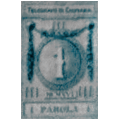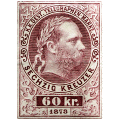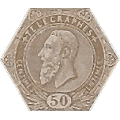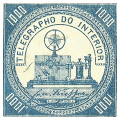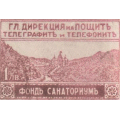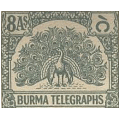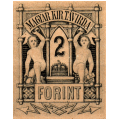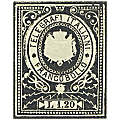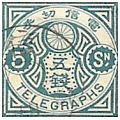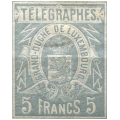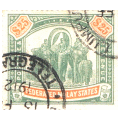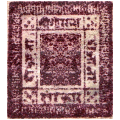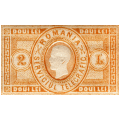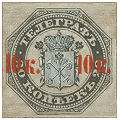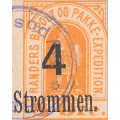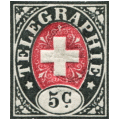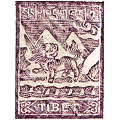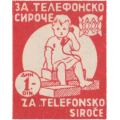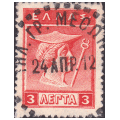| अनुवाद |
Übersetzen sie |
WORKING
|
Traduisez |
ترجم |
| перевести |
Traduca |
Traduzca |
翻译 |
|
Telegraph stamps of the World
Click here for a site-map. |
Select currency. Default = GBP (1.0)
|

I have brought these prices up to date and added currency selection.
CheckList Setup |
ROMANIA.
Steve Hiscocks wrote in 1982:
The telegraph stamps of Rumania were introduced on 1 November 1871 and they were used until some time in 1874. Curiously enough imperforate
copies do not seem to be known although they were first issued at a time when the postage stamps of Rumania were not officially perforated. For
such a short lived issue they show a remarkable range of perforations between 9 and 11 with many compound varieties. These are listed below in
table format since there is not sufficient information to allocate prices to specific varieties. It can be said however that those perforated 9 or 9½ are
scarcer than those perforated 10½ or 11 and should perhaps sell for twice as much. In listing the known perforation varieties I have followed Morley in
keeping to increments of ½. A closer analysis is needed however to bring the list to ¼ increments since many specimens listed at 10½ or 11 are
nearer to 10¾ and the same seems to be true around 9½.
1871 (1 November) Embossed profile of Charles I on higher values. White wove un-watermarked paper.
Perfs. as indicated in table.

 |
| Romania set H1 - H5. |
| Hisc. |
Type |
Description |
Mint |
Used |
| H1 |
1 |
25B orange brown (shades) |
15.00 |
1.20 |
| H2 |
1 |
50B dull violet blue |
15.00 |
1.50 |
| H3 |
2 |
1L grey |
30.00 |
5.00 |
| H4 |
2 |
2L dull orange-yellow |
1.50 |
1.20 |
| H5 |
2 |
5L light blue (shades) |
150.00 |
6.00 |
Hiscocks added the following 2 notes:
Note 1. The above prices are for good copies in the perf. 10½ to 11 area.
Those in the perf. 9 to 9½ area are more scarce and command higher prices. |
Note 2. Cancellation was by pen (number, cross, or stroke) in combination with a
small (17mm) circular date stamp in black, or more often, blue.
There was often a box cancellation in addition and it will be appreciated
that lightly cancelled used copies are rare!
Prices above are for those in average condition. |
|
|
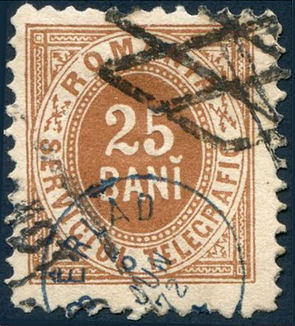
An unusual cancel courtesy of Rodney Cork.
|
|
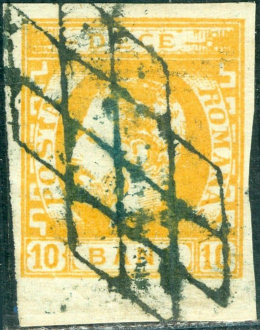
A similar cancel on an 1871-72 postage stamp,
courtesy of Costan of cnn55.2.1 on eBay,
click image for listing.
|
| Perf. |
25B |
50B |
1L |
2L |
5L |
| 9 |
|
|
* |
1 |
1 |
| 9 x 9½ |
|
|
* |
|
1 |
| 9 x 10 ½ |
* |
* |
* |
* |
* |
| 9 x 11 |
|
|
|
* |
|
| 9½ x 9¼ |
|
|
1 |
|
1 |
| 9½ |
|
|
* |
* |
1 |
| 9½ x 10 |
|
|
* |
|
|
| 9½ x 10½ |
* |
* |
* |
1 |
1 |
| 11 x 9¼ |
* |
3 |
|
|
|
| 10 x 10½ |
|
|
* |
2 |
|
| 10 x 11 |
* |
|
* |
|
|
| 10½ |
20 |
2 |
3 |
* |
2 |
| 10½ x 9 |
|
1 |
|
|
|
| 10½ x 9¼ |
|
1 |
|
|
|
| 10½ x 9½ |
1 |
* |
|
|
|
| 10½ x 9¾ |
1 |
|
|
|
|
| 10½ x 11 |
* |
* |
* |
* |
|
| 10¾ |
* |
|
4 |
9 |
* |
| 10¾ x 10½ |
|
2 |
* |
|
* |
Hiscocks provided the table above and added the following note:
Note. Most of the above is taken from Morley. While I do not seriously doubt his measurements,
I am not sure that he always set them down in the modern convention of horizontal
(i.e. top and bottom) measurement first and vertical (i.e. sides) second.
Work by someone with a large selection of these stamps is required. |
My note: There was a similar problem with the Telegraph stamp perforations of Japan.
A modern specialized Japanese catalogue gives very different information.
I have replaced '*' in the table above with quantities that I have, where I have any.
The 1 type entries were not in the table before. Red sizes are ones I have added and
Magenta sizes are adjusted to the nearest ¼ from Hiscocks original table.
I have come to the conclusion that this should be treated like Austria.
On the question of Morley, his World Catalogue was published in 1900. I am not sure how he measured the perforations,
but they are all to the nearest ½, leaving open to question how some of my measurements would have been recorded.
It is also worth mentioning that many things he recorded in his catalogue have not been seen by anyone else since.
Because it is difficult to prove the non-existence of something, they continue to be listed in new catalogues.
The guage varies too much, you can measure one thing along the top of a stamp,
and something different along the bottom. Similarly with the sides.
Here are some interesting examples, notice that they are all 5L stamps,
I'm sure it is not a coincidence, as they are catalogued quite high in Yvert & Tellier:
 |
Anomaly 1 - along the top, I measure from 8¾ to 9¼, call it Perf.9 |
 |
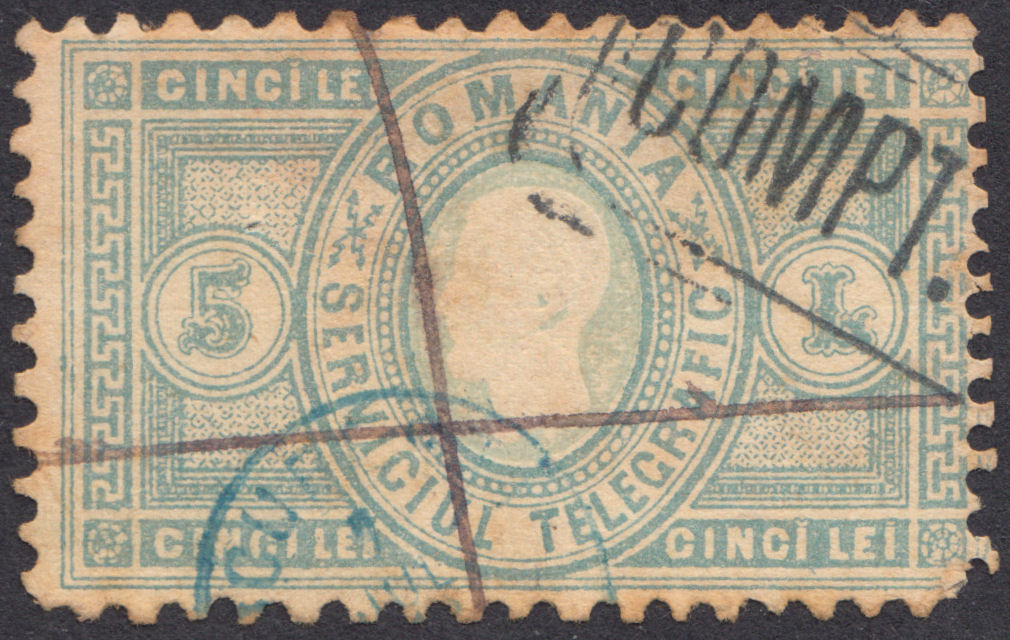 |
| Along the bottom, I measure from 8¾ to 9¼, call it Perf.9 |
 |
Anomaly 2 - along the top, I measure from 9¼ to 9¾, call it Perf.9½ |
 |
 |
| Along the bottom, I measure from 9 to 9½, call it Perf.9¼ |
 |
Anomaly 3 - along the top, I measure from 9¼ to 9¾, call it Perf.9½ |
 |
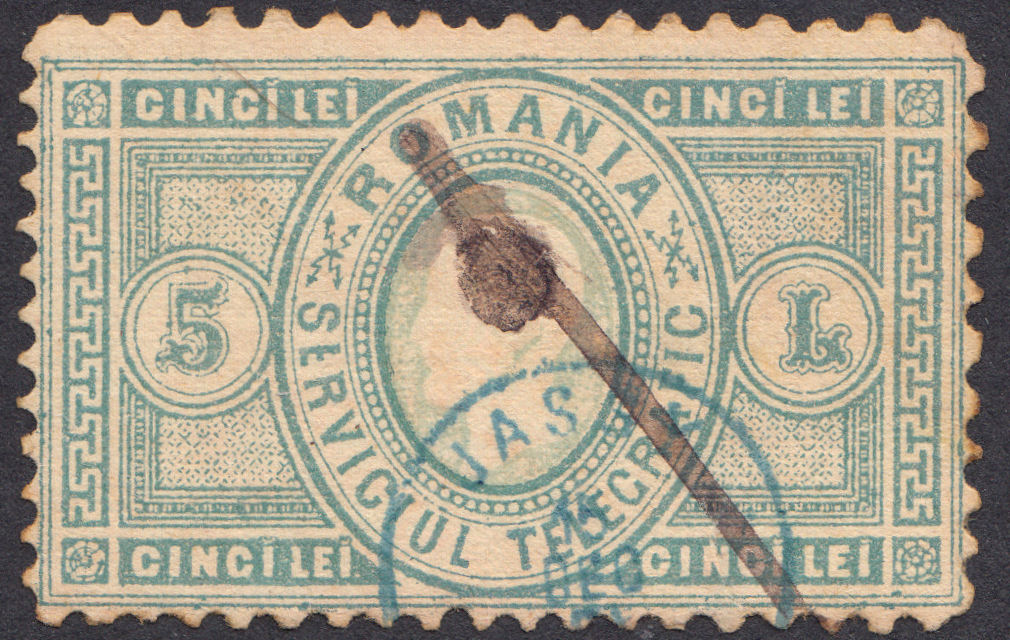 |
| Along the bottom, I also measure from 9¼ to 9¾, call it Perf.9½ |
In each case, the two sides are very different. It is possible that in some cases, one side has been re-perforated, but why with such an obviously different guage ?
Yvert & Tellier simply list them all as Perf.10½.
Multiples are unusual
Though with some separation, this 4x4 multiple of 25B is certainly unusual. Though the image is at 300dpi, I am displaying it at 240dpi to get it on the standard page width.


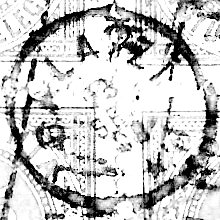
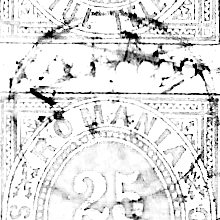
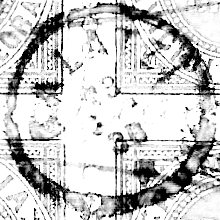
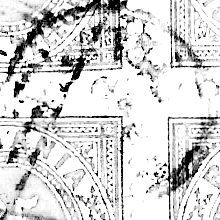
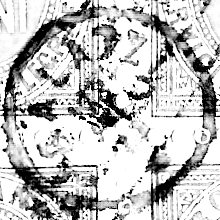
Used in Galatzi, the 5 blue cancels are unclear, even with chanel separation, but this appears to be dated 30 September 1873, unusually with the year at the top. Images courtesy of Bram Leeflang.
This was presented as an example of later telegraphic use:
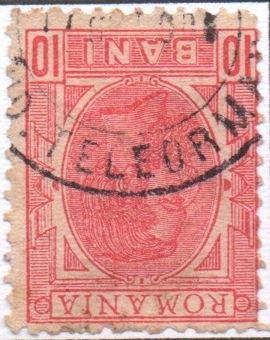
It is not. Teleorman is the name of a county in the south of Romania.
However, like most countries, Postage stamps were used before Telegraph stamps were available, and probably after.

The blue thimple CDS cancels seen above are indicative of telegraph usage.
This pair of 15B used in RIMN SARAT, 18 July 1872, image source David Feldman SA.

Here is a 2B and 3B with a different, undated cancel reading "STATIA TELEGRAFICA POSTALA / BUDAU", also in blue,
on a piece of telegraph form, image source David Feldman SA.
I would be interested in seeing other examples.
Telegraph Seals.
Only a few different seals are known used on telegrams in Romania.
Here are a couple of them.
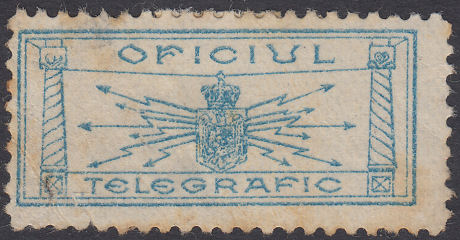
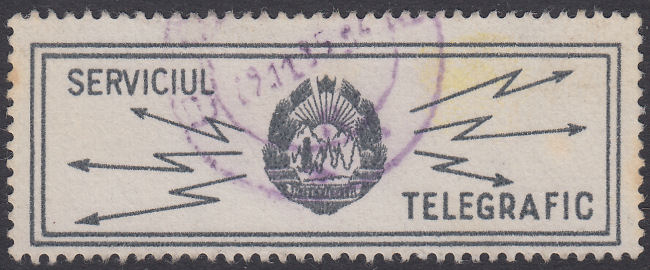
Steve Hiscocks made a start on cataloguing seals of the world in a book he published in 2007.
It was his hope to update it later, but unfortunately that was not to be.
His original book can be viewed at
Telegraph Seals: A World Catalogue. There are links from the pages to my updates.
Alternatively you can view the latest page for Romania.
If anyone can provide scans to help with this, I am happy to give appropriate credit.
Comments, criticisms, information or suggestions are always welcome.

Please include the word 'Telegraphs' in the subject.
Last updated 13th. March 2024
©Copyright Steve Panting 2012/13/14/15/16/17/18/19/20/21/22/23/24 except where stated.
Permission is hereby granted to copy material for which the copyright is owned by myself, on condition that any data is not altered and this website is given credit.


